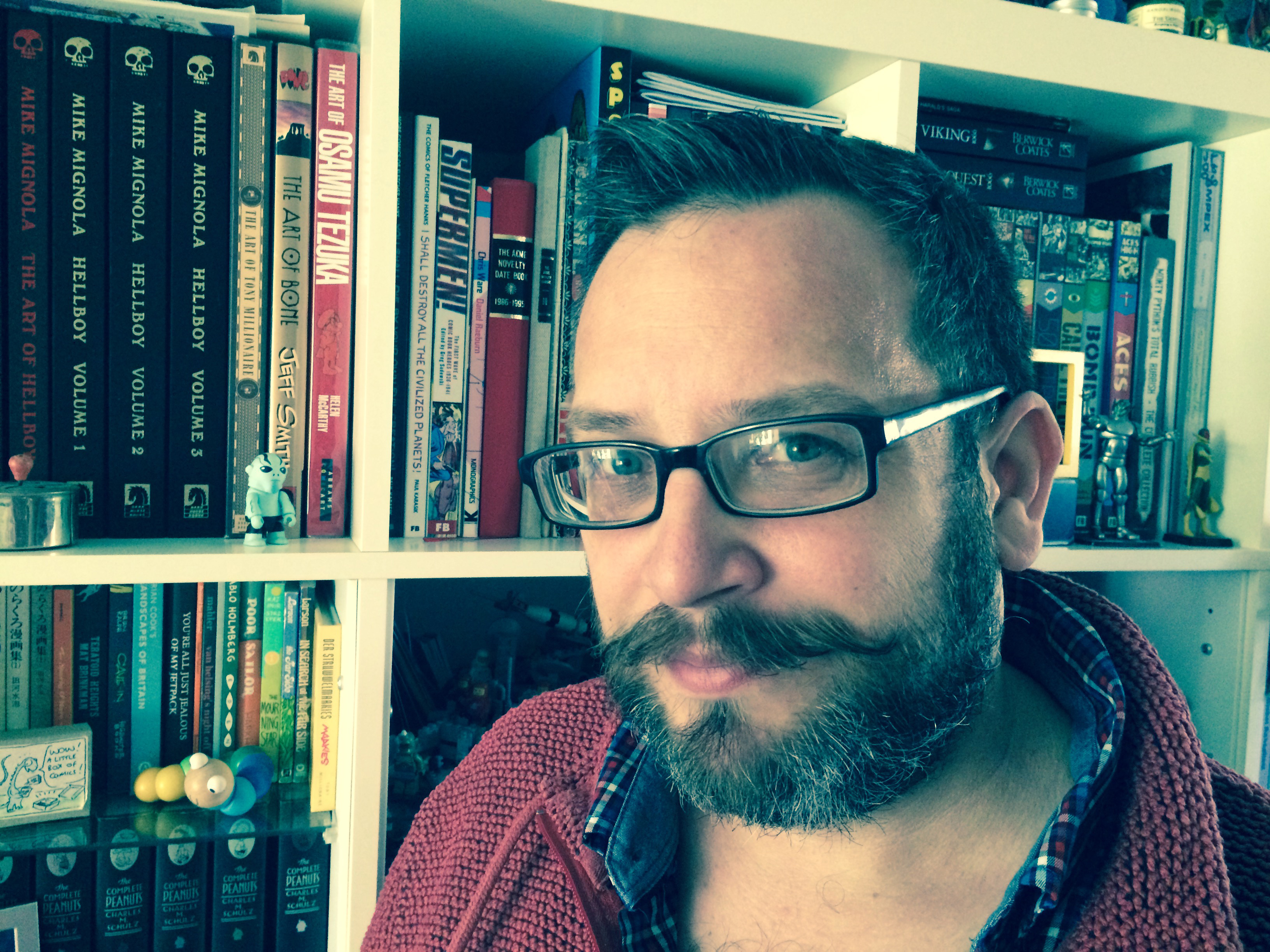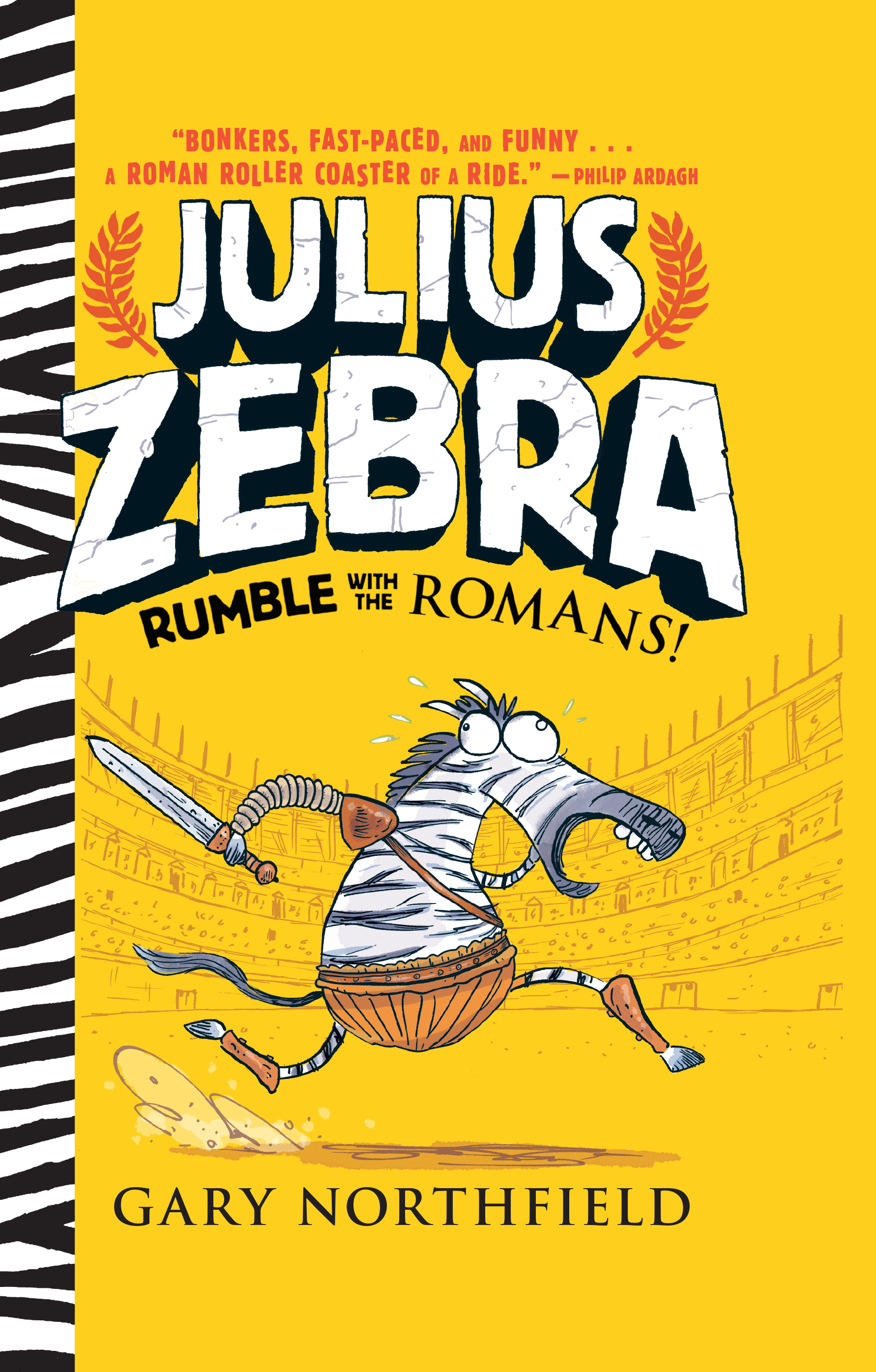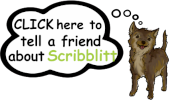
Gary Northfield
Gary Northfield, best known for his Derek the Sheep comic strip, has been writing and drawing comics since 2002. He lives in England.
 About Julius Zebra: Rumble with the Romans
About Julius Zebra: Rumble with the Romans
What happens when you mix the gladiatorial combat of ancient Rome with a fast-talking creature who is DEFINITELY NOT A STRIPY HORSE?
From a smelly water hole on the African savanna, Julius Zebra is captured, along with Milus the scarred lion and Cornelius the clueless warthog. Transported to the ferocious clamor of the Colosseum, Julius Zebra and his motley menagerie of friends must gear up to be . . . gladiators! The only way they will gain their freedom is if they win the love of the Roman crowds. But do they have what it takes to succeed in a world where only the meanest and toughest survive? Follow the madcap adventures of Julius Zebra and his pals in short chapters with funny, irreverent text and zany cartoon-style illustrations, with an illustrated guide to Roman numerals and a handy glossary at the end.
Interview Questions Gary Northfield
We know you are very famous for your comic character, Derek the Sheep, published in DC Thomson’s The Beano and BeanoMAX, but which character is your all-time favorite?
That’s a tough question! My characters are like my children and I find it hard to choose between them. I guess I have a soft spot for Derek, as he was my first published character and we learned the ropes of comic storytelling together.
What comes first, the illustrations or the story?
Probably a mix. Sometimes I would doodle a character and a story would evolve around him/her, or I would be inspired whilst out and about, by a spider in a cobweb, or a funny looking leaf and jot down ideas in as notebook. Julius Zebra was actually inspired by a comic strip I created for another magazine about the history of the Colosseum and I thought it would be fun to have the poor animals who were thrust into the arena, actually fight back!
Do you use ink or draw electronically?
I ink very traditionally, using dip pens and inks. I read lots of comics, especially early/mid-20th Century strips, such as Krazy Kat or Peanuts and love the look and feel of a scratchy, maverick nib! Once inked, I do then scan the artwork into Photoshop to tidy up.
How was it writing your first children’s book, Julius Zebra?
Much different than writing a short comic strip?Very tough! I’m used to writing extremely short stories, perhaps two or three pages long, so to tackle one big story over nearly 300 pages was quite the challenge! But, I relished the opportunity and I have a great editor steering me in the right direction regarding character motivations and clarity of story. I’ve just finished Julius Zebra book 2 and in fact, that was even harder! I think I rewrote that book 4 times. The final draft is a completely different book to the first draft! Writing a book is definitely a steep learning curve, but that’s exactly how I like my learning curves, so I can’t complain.
Do you always write about animals?
Yes! I love animals, from dogs, to insects, to gnus. They are intrinsically funny to draw and I love the mystery of what goes on in their head and the structure of their day to day lives. I have a dog called Stan and he gives me great pleasure just by looking at the funny faces he pulls. Even today he was in an odd mood and looked slightly forlorn and wistful. He was probably daydreaming about a twig or something he saw out walking, but he seemed quite distracted.
Did you illustrate for Roald Dahl? What was it like?
I didn’t illustrate for Roald Dahl, but I did illustrate his life over 80 2-page comic strips. It was for a magazine called The Magical World of Roald Dahl and it was an amazing job to work on. I would get rough thumbnails from a scriptwriter, who was also a well-known cartoonist in Britain, called Glenn Dakin, and I would draw the two pages over the weekend every week. It was quite intense to work on such a high turnover of pages (I was also working on Derek The Sheep, Horrible Histories and Horrible Science Magazine at the time too!). We told the story of Roald’s life from birth to death very meticulously over two years, through the highs and lows of his personal life and his career. I really became very close to his “character” and found it very hard to draw the final strip when he died, it was actually pretty upsetting.
Did you always enjoy illustrating, even as a child?
Yes, definitely. I created lots of my own cartoon characters, mainly dog superheroes, after my love of Hong Kong Phooey, the old Hanna Barbera cartoon. I would also love writing stories in school and, along with my passion for comics, knew from an early age that my path lay in storytelling. I also had a love of history from an early age and in year 7 I drew a comic strip about the history of the Spartans for homework. The teacher loved it so much, he made me draw an enormous version to go on the classroom wall!
What was your favorite comic growing up?
It’s a tie between Peanuts by Charles Schulz and Asterix The Gaul by Goscinny and Uderzo. When I was 7 years old, we had a school book club whereby once a month we could buy a book from a catalogue. There would always be either a Peanuts book or an Asterix book and, as soon as it came, I would sit in the playground devouring every page. I loved Peanuts for its beautiful simplicity and sublime characters, especially Snoopy and all his shenanigans. Asterix is a joy in multi-level humour, some of it I never really got as a kid, but I loved it anyway. The drawings are just luscious!
What is the best advice you have for aspiring young authors/illustrators?
Enjoy your work, be yourself and don’t let anyone tell you can’t be an author. Write, write, write and draw, draw, draw! Read lots and be interested in the world around you. I practically lived in my local library as a kid, reading books on everything from the life of ants, to Dr. Seuss, to learning magic tricks, to encyclopedias on dinosaurs, to tales of real life ghost hunters. Love your library!







